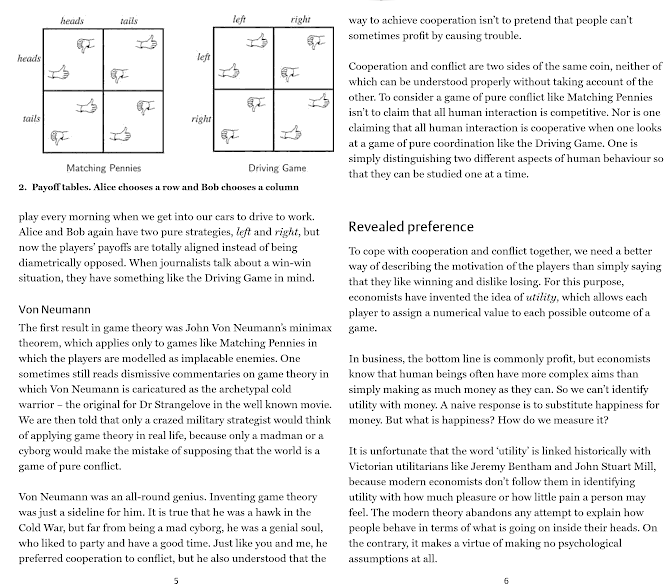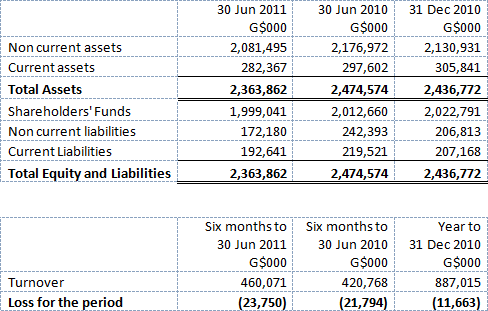Contents
Currency depreciation is a fall in the value of a currency in a floating exchange rate system. Currency depreciation can occur due to factors such as economic fundamentals, interest rate differentials, political instability or risk aversion among investors. Revaluation is a term which is used when there is a rise in currency value in relation with a foreign currency in a fixed exchange rate. In the floating exchange rate regime, the correct term would beappreciation.

Because of devaluation, there is a loss of confidence in International and domestic investors. Long term economic growth is affected by reduction in investment. Since 1985 – 1990, India found itself in a serious economic trouble. For decreasing the budget deficit, government devalued its currency by 18 to 19%.
Effects of currency appreciation
Devaluations, however, can also slow economic expansion and raise inflation. Some nations, however, persisted in using fixed exchange rates in an effort to attain economic objectives like price stability and other similar ones. A Devaluation is the formal setting by the monetary authority of a lower exchange rate for the national currency in comparison to a foreign reference currency or currency basket. This is known as a devaluation in macroeconomics and modern monetary policy. Revaluation is when the price of the currency is increased within a fixed exchange rate system.

And in respect to international invironment he is making same money. There are many countries including China which favours the devaluation of the currency. Let’s us discuss in https://1investing.in/ this post a few confusing concepts in economics related to the currency market. We shall see in this article, the difference between Rupee Devaluation and Rupee Depreciation.
How does a government devalue its currency?
If the value appreciates , demand for the currency also rises. As you are no doubt aware, Swarajya is a media product that is directly dependent on support from its readers in the form of subscriptions. We do not have the muscle and backing of a large media conglomerate nor are we playing for the large advertisement sweep-stake. Later, as the impact of Covid cases fell and lockdowns eased, the Indian economy showed a resilient recovery where its real GDP grew by 8.7 per cent for FY22. The Indian rupee fell to an all-time low of 77.44 against the U.S. Why this question) Recently, the Indian rupee depreciated below the 74 levels against the US dollar.
- Depreciation of the currency is a slow process and value of the currency automatically gets adjusted by the market forces.
- To combat inflation, central banks will boost interest rates, as too much inflation could lead to currency devaluation.
- This article delves into everything you need to know about currency depreciation, its causes and effects and more.
- Hese countries allow supply and demand to determine the value of their currency relative to the currencies of other countries.
If a government decides to make its currency less valuable, the change is called devaluation. In floating change charge systems, the value of the currency fluctuates freely according to delivery and calls for at the forex market, and intervention is limited. Depreciation will lead to result in inflation because Imported goods and services would be more pricey. The Monetary Authority can lower interest rates after deciding to create inflation since it is no longer necessary to “prop up” the economy with high interest.
This is also known as the reduction of the reduction value in currency, in other terms. When the value of currency falls as compared to other currencies, it is known as depreciation. Distinguish between the depreciation of currency and devaluation of a currency. There are around 6.3 crore MSMEs in India which contribute approximately 29 per cent of the country’s GDP and are responsible for around 48 per cent of the country’s total exports. Devaluation of a currency decreases the foreign value of domestic currency. In respect to his local invironment he is making more money and that is all matters if he spending all money in local.
A weaker currency will further escalate imported edible oil prices and lead to a higher food inflation. Devaluation also increases the debt burden of foreign-denominated loans when priced in the home currency. India was following this kind of system till 1975 and partial controls followed until 1993.
Thus, Appreciation / Depreciation of all such currencies regularly occurs number of time during the period market remains open.. It is only in rare cases, that currency depreciates or appreciates by a wide margin. Such changes happen if something major happens on economic / political front of such country or in the global markets. If a country’s currency has depreciated it will mean that this country’s money has less purchasing power in other countries because of the depreciation.
currency at a fixed price in order to maintain its pegged ratio and, hence, the
The currency’s value may be reduced at the government’s discretion. To protect the creditors’ interests while favoring the debtors. To prevent repeated rounds of devaluation and retaliation by nations, a number of international institutions have been established, including the International Monetary Fund .

It increases the cost of projects by increasing the cost of raw materials like steel, cement and price of construction equipment’s. A devaluation of the currency will make exports more competitive and cheaper to foreigners. Interest rates must be kept attractive to ensure that exchange rate fluctuations have a lesser impact on investment.
Tips for Buying Gold
The consequence of the 2016 Brexit on the value of the British Pound, which suffered substantial volatility and declined fast against the US Dollar is one real-life example of currency depreciation. Currency appreciation refers to the increase in value of one currency relative to another in the forex markets. For example, suppose a government has set 10 units of its currency equal to one rupee. To devalue, it might announce that from now on 20 of its currency units will be equal to one rupee. This would make its currency half as expensive to Indian, and the Indian Rupee twice as expensive in the devaluing country.
This is supposed to discourage imports – and to encourage exports and, in turn, to reduce trade deficits. Let’s also trace the value of Indian rupee with respect to US dollar from 1947 and see how a fall in rupee value affects exports and imports. While devaluation of a currency is seen as a strategic move, it is closely related to gold. When a country sells a chunk of its gold reserves, a currency automatically tends to devalue.
UPSC Online Preparation Guidance
Another main reason of devaluation of rupee is political and economic instability. Before 1966 devaluation, in three years three persons were the PM of India. So this situation encourages the government to devalue its currency in 1966 and 1991. The main reasons of devaluation are huge trade deficit, India – Pakistan war and draught in 1965. So for improving the trade deficit, India devaluate its currency at first time in 1966.
By the beginning of the 21st century, most of the developed countries and large
On 5 August 2019, China devalued its currency in response to the imposition of trade tariffs by the United States against China. By making its currency cheaper, the country can boost exports. Ans.2 The currency is said to be overvalued when it is thought that depreciation is necessary to balance trade. The currency is said to be undervalued when it is thought that an increase in value is necessary to balance trade.
The other reason a nation devalues its currency is to address the trade imbalance. Due to the decrease in imports and increase in exports, it is done to improve the balance of payments situation. A currency depreciates how to calculate future value with respect to foreign currency when the supply of currency in the market increases while its demand falls. To revalue, the government might change the rate from 10 units to one rupee, to five units to one rupee.

